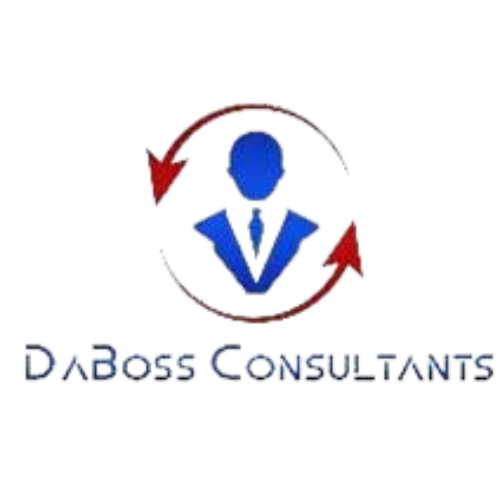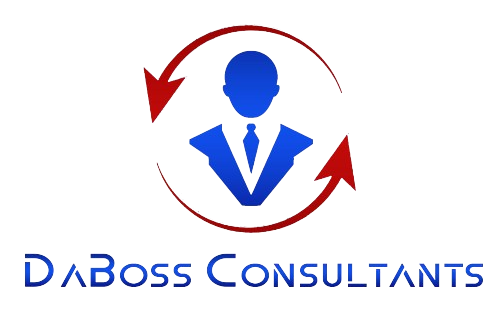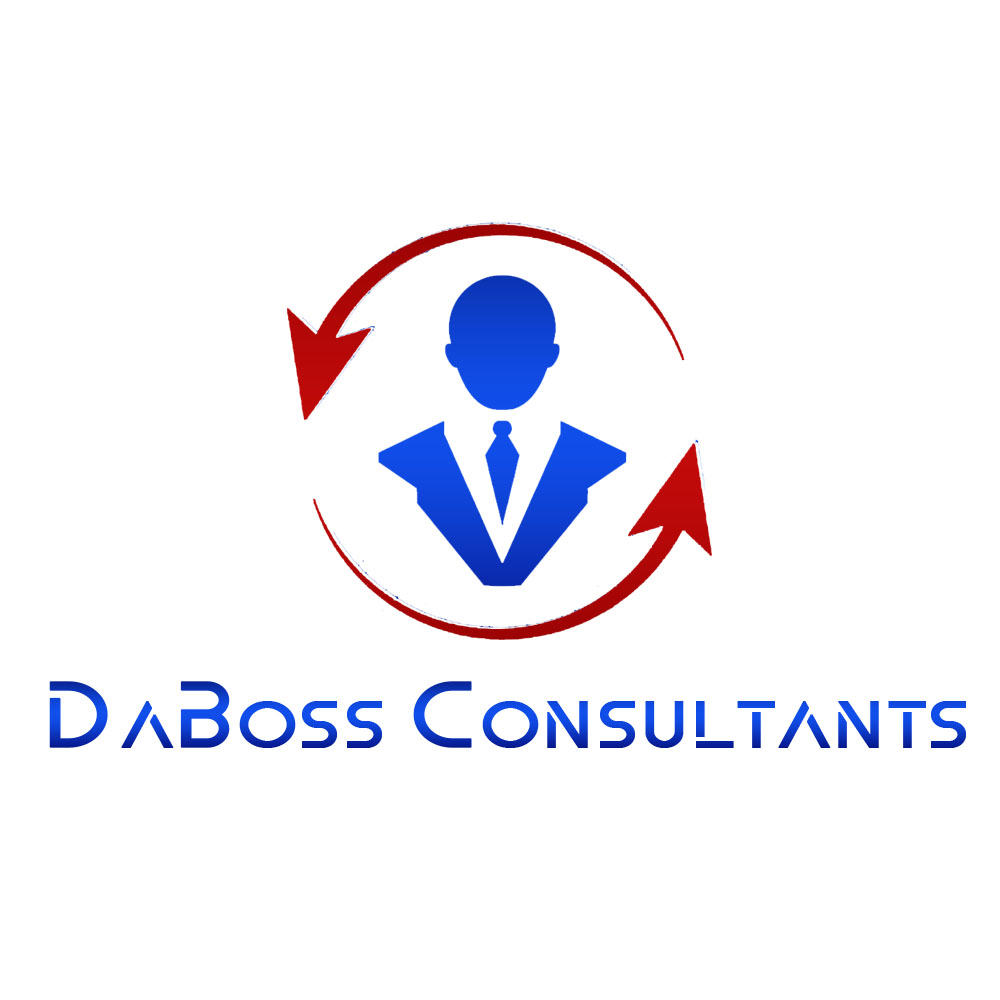The Hidden Barrier to True Innovation and Growth
In many organizations, the strategy may not be the problem, it’s the people at the top who are still holding onto the past. They built the systems, forged the culture, and led the company to success. But in today’s fast-paced, ever-changing world, those same systems may now be standing in the way of progress.
The real question isn’t, “What’s wrong with our strategy?” It’s, “What are we still holding onto that’s preventing us from moving forward?”
When Success Becomes a Crutch
We’ve all heard the phrase, “If it ain’t broke, don’t fix it.” And while it’s true that past successes can teach valuable lessons, there’s a subtle danger in treating them as immutable truths.
Here’s the problem: yesterday’s solutions often become today’s roadblocks.
As companies grow, so do their leaders’ attachments to what made them successful. It’s natural after all, those wins built careers, cemented reputations, and fueled progress. But holding onto those successes without re-evaluating them can trap a company in a cycle that no longer serves its future.
- Hierarchical structures that once created clarity now generate confusion and slow decision-making.
- Old processes that brought efficiency are now seen as bottlenecks, creating layers of bureaucracy instead of collaboration.
- Past victories become badges of honor, revered for nostalgia rather than relevance, and stifle the fresh thinking needed to compete in a new era.
When leaders fail to let go of outdated models or mindsets, their strategy becomes paralyzed. They find themselves stuck in a loop of reinforcing the same behaviors and decisions, even when the landscape has completely shifted.
The Comfort of Control vs. the Cost of Innovation
At its core, the reluctance to let go comes from a deep-seated need for control. Leaders often feel that the more they manage, the safer they are. After all, it’s comfortable to stick to what’s familiar.
But that comfort comes at a significant cost:
- Innovation stalls because every new idea has to pass through layers of approval, making it harder for teams to move quickly or experiment.
- Employee engagement drops when leaders micro-manage or dismiss fresh perspectives, and people feel trapped by old rules.
- Transformation is delayed because the old guard insists on following the same path, even though it’s no longer the right one.
The truth is that control can only get you so far. At a certain point, the very structures designed to protect the organization end up suffocating it.
Letting Go Isn’t About Abandoning Responsibility, It’s About Shifting Mindsets
Letting go doesn’t mean relinquishing authority or abandoning accountability. It means embracing a leadership mindset that values flexibility, agility, and empowerment.
Here’s how it looks in practice:
Retire Legacy Wins, Not Legacies
Acknowledge the past, but don’t allow it to be the sole measure of success. Just because something worked five years ago doesn’t mean it’s the best approach today. Leaders need the courage to recognize when it’s time to move on from old models and try something new.
Empower Decision-Making Across All Levels
Decentralize power and encourage leaders at all levels to make decisions in real-time. Instead of expecting the top brass to always make the call, create an environment where autonomy and ownership are spread across teams. This encourages quicker responses, fosters innovation, and helps your people feel more invested in the company’s future.
Reward Risk, Not Just Results
Today’s business environment demands experimentation. Leaders need to incentivize risk-taking, not just success. Recognize the learning that happens through trial and error and create a safe space for failure. The path to true innovation is paved with mistakes, so it’s important to celebrate the lessons that come with them, not just the end product.
Foster Healthy Dissent and Diverse Ideas
True innovation requires the freedom to question, challenge, and rethink traditional approaches. Leaders need to foster an environment where team members feel comfortable offering fresh perspectives, even if it means disagreeing with the status quo. Encouraging healthy dissent ensures that new ideas are constantly tested and refined, leading to better solutions.
A Call to Evolve Leadership for the Future
Leadership today isn’t about preserving the past; it’s about enabling growth for the future. The role of the leader is no longer just to hold the reigns, it’s to clear the path for others to succeed, to empower teams, and to guide the organization toward new, innovative horizons.
So, if your company feels like it’s spinning its wheels, ask this critical question:
What are we still holding onto emotionally, structurally, or culturally that’s preventing us from breaking free and embracing the future?
Leadership is evolving, and the leaders of tomorrow must be willing to evolve with it. By releasing the grip on outdated practices and embracing new ways of thinking, you unlock the potential for real transformation, not just in strategy, but in culture, innovation, and performance.
Connect with DaBoss Consultants Inc today, if you are looking for more insights, hiring, employment coaching or training: info@dabossconsultants.ca or (289) 409-8344.






